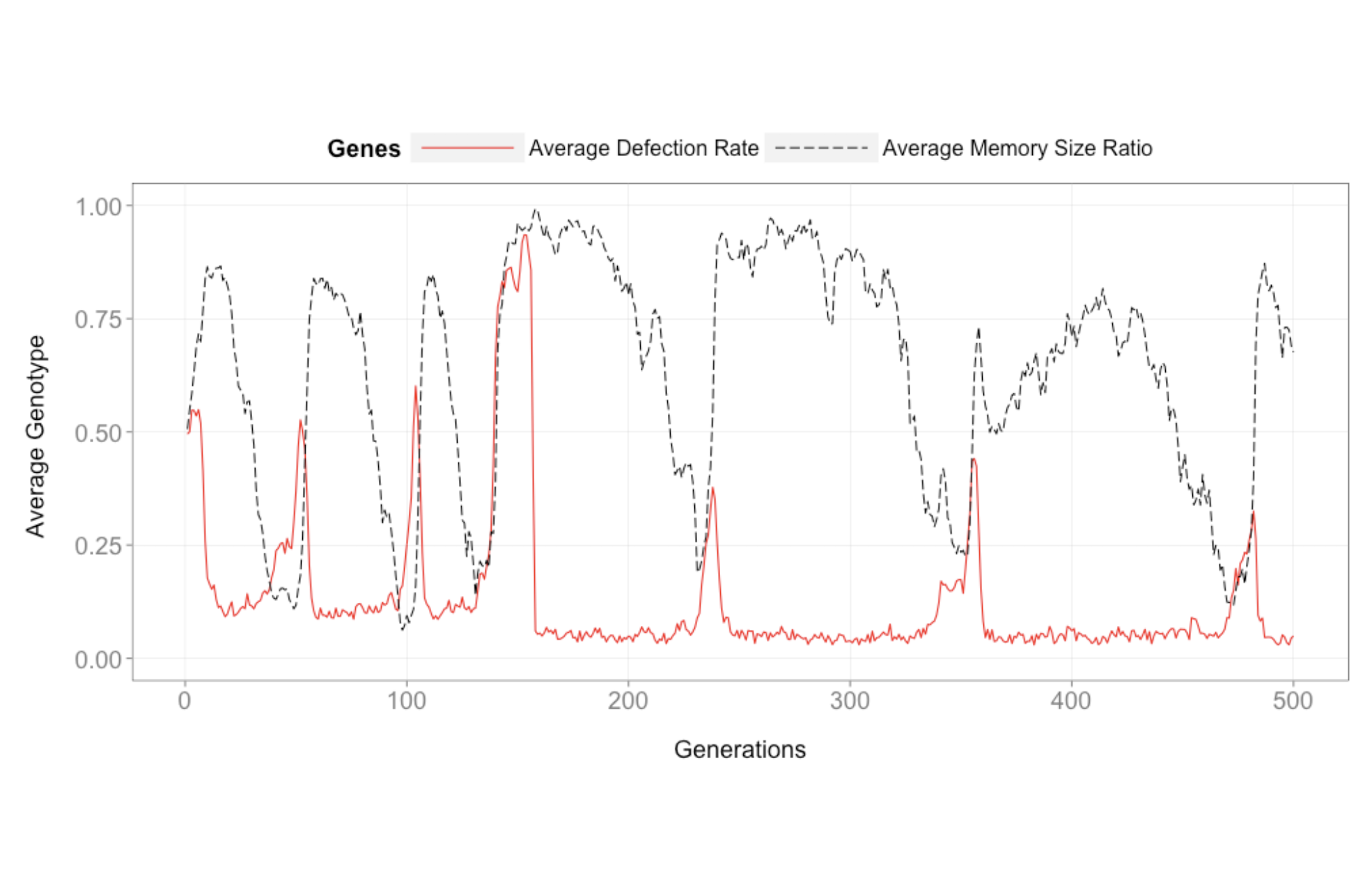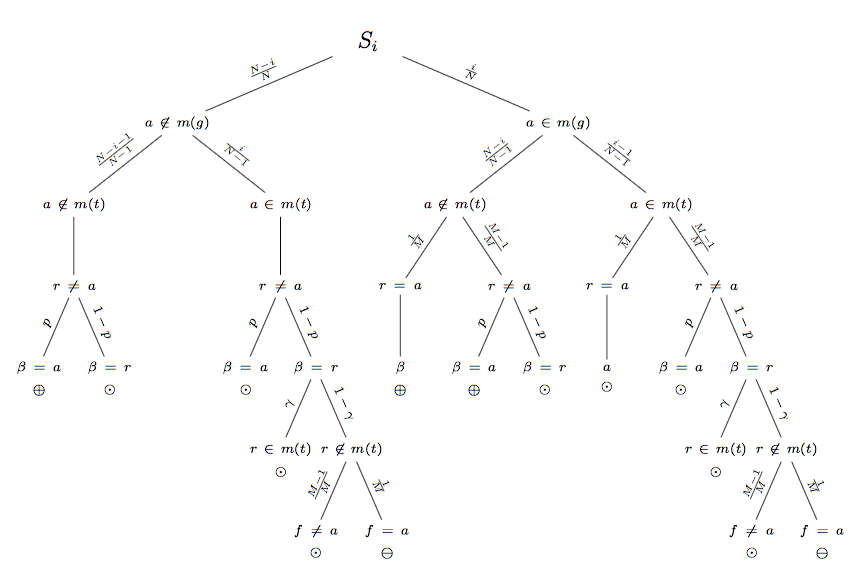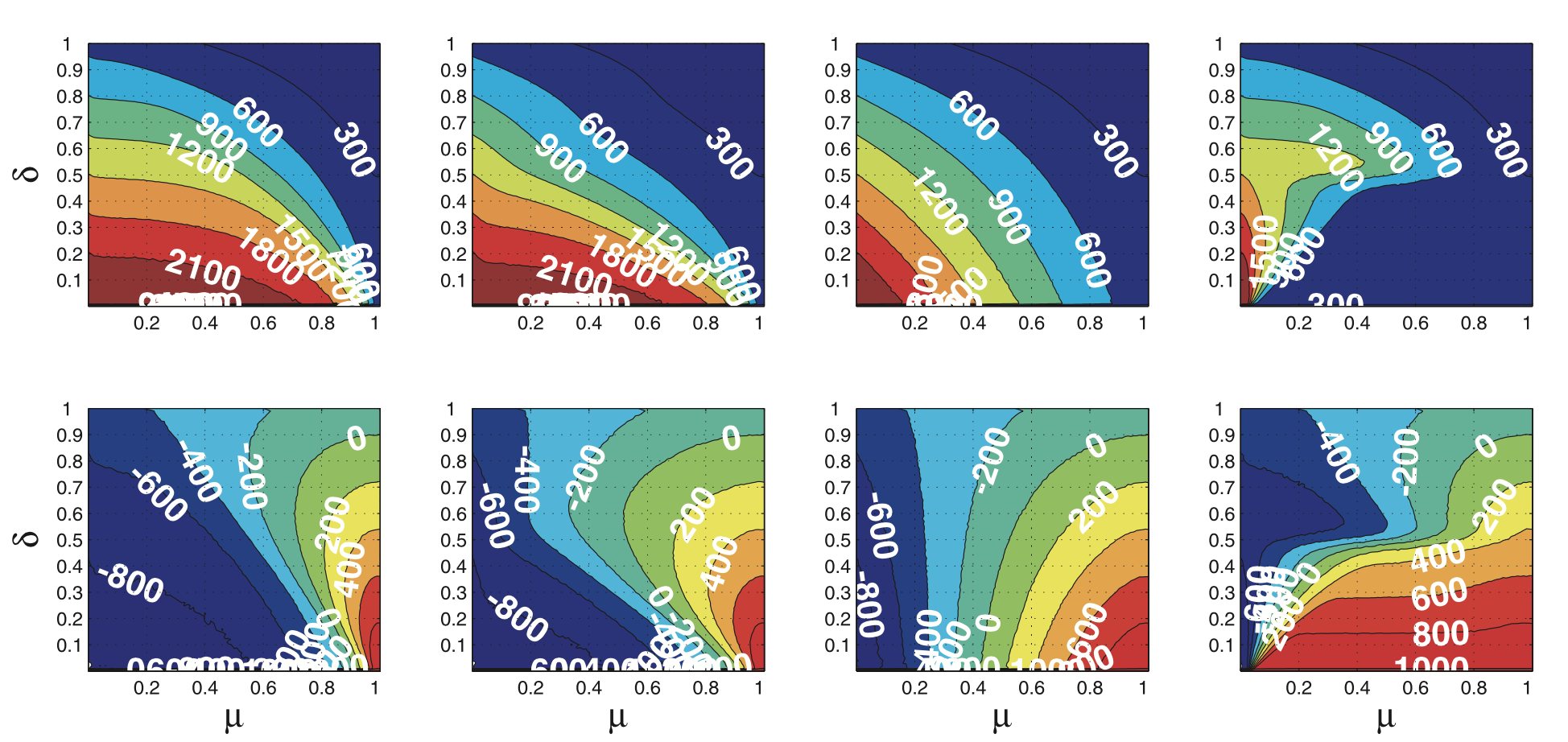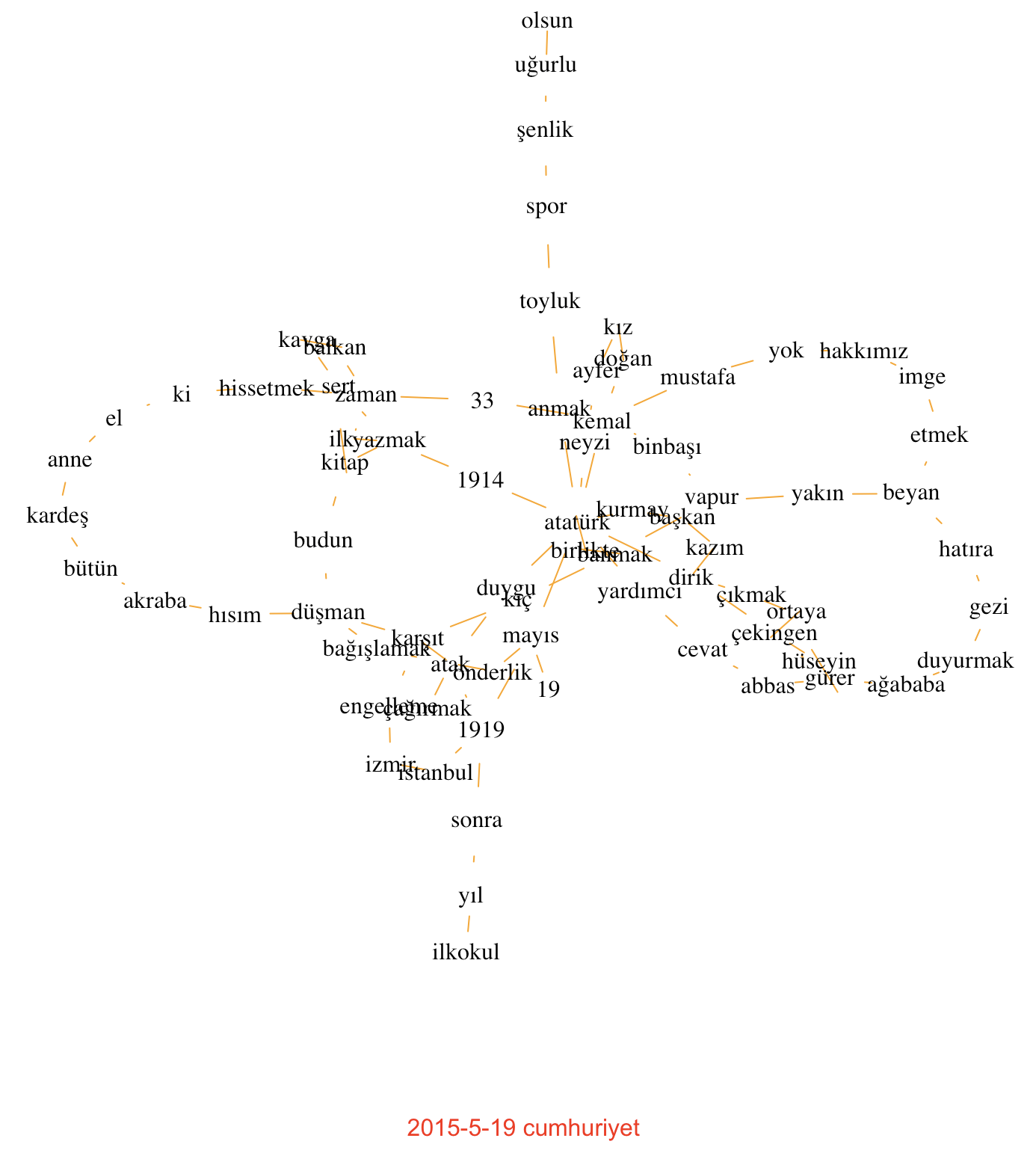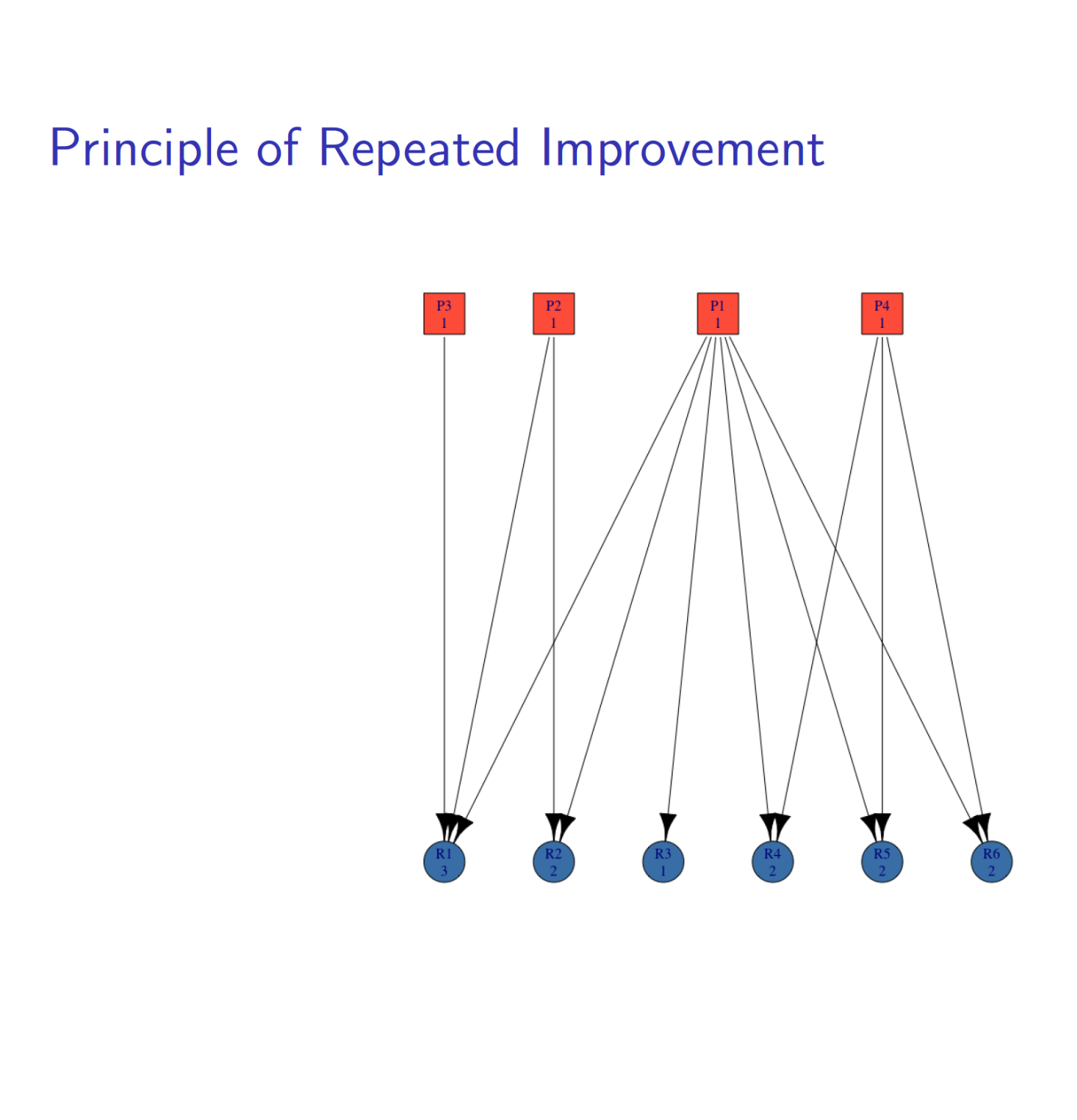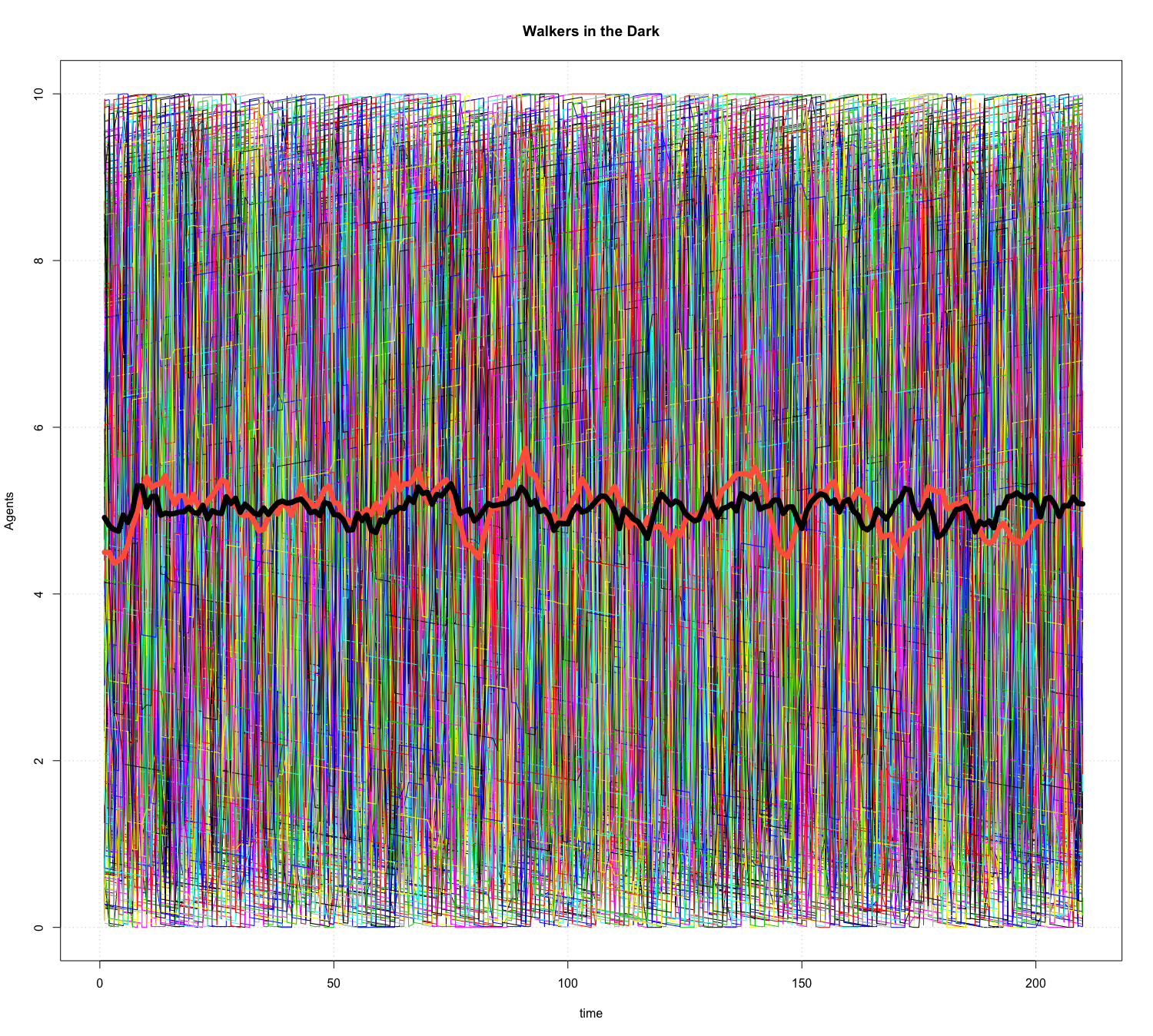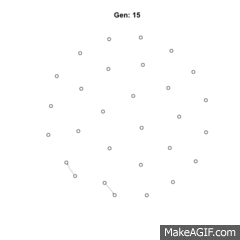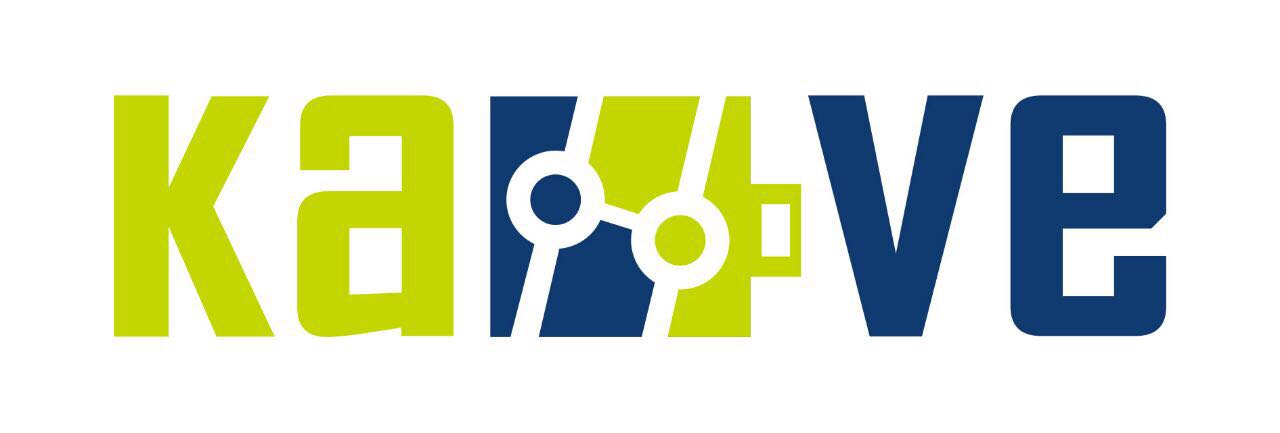Our primary research goal is to combine two
complementary approaches of
complex systems and data science.
We try to make use of three modeling techniques:
ABM - Agent Based Modeling for computational research,
EBM - Equation Based Modeling for mathematical research
and
DDM - Data Driven Modeling for empirical research.

Until now, we have generally worked on simulations of social systems, via agent-based
modeling, in the context of theoretical game theory. We verified our results using equation based modeling
tools such as markov chains,
phase plane analysis, etc.
From now on, we want to incorporate data science and
machine learning in our complex systems research.
From Data Science to Complex Systems
One way to combine these fundamental tools is
to use data science to improve complex systems research.
We use machine learning to process data and determine model parameters of an Agent-Based model.
This is called as data-driven agent based modeling.

From Complex Systems to Data Science
We also want to use our knowledge on complex systems such as complex network analysis,
agent-based modeling
for the classical problems of data science such as
prediction and classification.
